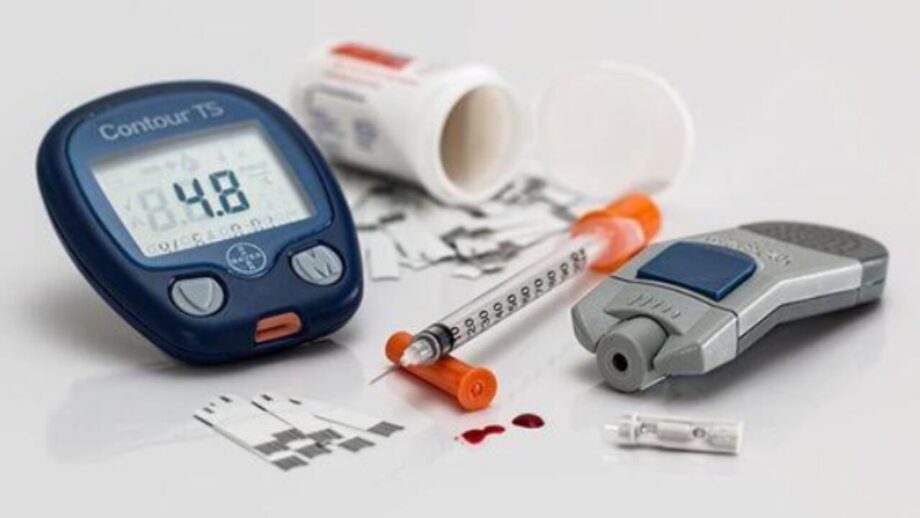Everything you need to know about how sugar testing machines have changed
Machines to test for sugar have been around for the past 50 years. At this time, it is definitely worth recognizing the advantages of this device for diabetics. An estimated 463 million persons globally have diabetes in 2019. Furthermore, it is anticipated that by 2045, this number would reach 700 million. As a result, the need for the importance of the sugar testing device will only increase.
As demand grows, expectations among consumers will rise. Given that digital technology already permeates almost every part of everyday life, consumers will expect their sugar testing equipment and glucometers to function flawlessly. Look at the evolution of this tool, which has helped a lot of people.
The Development of Sugar Testing Equipment
Blood sugar monitoring first used urine sugar screening assays. This method, which depended on measurements of the eyes, produced inaccurate findings. It wasn’t until the 1970s when test strips for measuring blood sample glucose became widely used. Then, medical technology began to be provided to patients outside of hospitals. Today’s most sophisticated glucose metres, known as sensor-based metres, provide a digital readout and have the ability to communicate data to a connected device like a smartphone.
- Advertisement -
A blood glucose testing device upgrade
Real-time continuous glucose monitoring, which continually examines glucose levels, is a further advancement in the treatment of diabetes and blood sugar regulation. Through a sensor inserted under the skin, these devices continuously monitor glucose levels and transmit data to a receiver or linked device. Patients utilize these devices to check their blood sugar in order to acquire proactive real-time data.
Continuous glucose monitoring systems (CGMS) are used during the diabetes reversal program and provide a better understanding of the direction, amount, duration, frequency, and potential causes of glucose changes in response to exercise, hypoglycemic episodes, insulin injections, and meals throughout the day.
Also Read: Rishi Sunak The United Kingdom’s Prime Minister of Indian Origin



